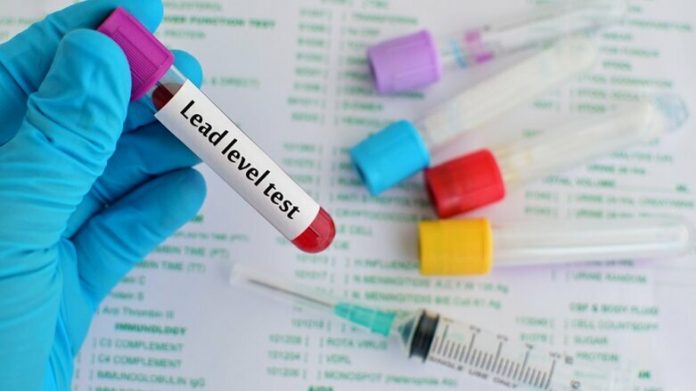The association between lead exposure and children’s IQ has been well studied, but few studies have examined the effects of blood lead concentrations on children’s behavior.
In this new study Dr. Jianghong Liu, PhD, RN, FAAN, associate professor of nursing of the School of Nursing at the University of Pennsylvania, Philadelphia, and senior author of study along with colleagues examined the association between blood lead concentrations and behavioral problems in a community sample of Chinese preschool children with a mean blood lead concentration of less than 10 µg/dL.
According to the CDC, experts now use a reference level of 5 micrograms per deciliter to identify children with blood lead levels that are much higher than most children’s levels.
Blood lead level samples were taken from 1,341 preschoolers, aged three to five years, at 4 preschools in Jintan, Jiangsu province of China. Behavioral problems were assessed using Chinese versions of the Child Behavior Checklist and Caregiver-Teacher Report Form when children were aged 6 years. The questionnaires were filled out by the children’s teachers and parents, which the authors noted is both a strength and limitation.
The results showed that the average blood lead concentration was 6.4 (2.6) µg/dL, with the 75th percentile being 7.5 and the 90th being 9.4 µg/dL,
A significant association was found between blood lead concentrations and increased scores for teacher-reported behavioral problems. A 1-µg/dL increase in the blood lead concentration resulted in emotional reactivity, anxiety problems, and pervasive developmental problems. The average teacher-reported behavior scores increased with blood lead concentrations, particularly for older girls.
In their conclusion the researchers write Blood lead concentrations, even at a mean concentration of 6.4 µg/dL, were associated with increased risk of behavioral problems in Chinese preschool children, including internalizing and pervasive developmental problems. This association showed different patterns depending on age and sex. As such, continued monitoring of blood lead concentrations, as well as clinical assessments of mental behavior during regular pediatric visits, may be warranted.
According to Dr. Liu, “Young children are particularly vulnerable to the toxic effects of lead, because lead can affect children’s developing nerves and brains.”
Lead is a naturally occurring metal found deep within the ground. It occurs in small amounts in ore, along with other elements such as silver, zinc or copper. Sources of lead exposure are often due to human activities, including burning fossil fuels, mining, and manufacturing.
In the United States lead and lead compounds have been used in a wide variety of products found in and around our homes, including paint, ceramics, pipes and plumbing materials, solders, gasoline, batteries, ammunition, and cosmetics. In China, lead exposure is more often related to air pollution.
Dr. Liu explains “The sources of lead exposure may explain why concentrations of lead are different.” “In China, we found that blood lead concentrations increased with age in preschool children. In the United States, however, blood lead concentrations increase with age in children up to 2-3 years old and then decline.”
“The study used scores from two sources, but the ratings do not provide a clinical diagnostic measure of behavioral problems,” said Liu.
U.S. studies have reported that lead exposure causes what psychologists call externalizing behavior problems, such as aggressiveness and bullying, which may lead to truancy and even jail time as children get older. In this study, children with higher blood lead levels had internalizing problems, such as anxiety and depression, as well as some externalizing problems. Though not addressed in this study, Liu said these differences could be explained by cultural, genetic, or environmental variations, or research gaps.
Dr. Kimberly Gray, PhD, NIEHS Health Scientist Administrator explained “This research focused on lower blood lead levels than most other studies and adds more evidence that there is no safe lead level.” “It is important to continue to study lead exposure in children around the world, and to fully understand short-term and long-term behavioral changes across developmental milestones. It is well-documented that lead exposure lowers the IQ of children.”
This research was funded by the National Institute of Environmental Health Sciences (NIEHS), part of the National Institutes of Health.
This study is published in the journal JAMA Pediatrics








